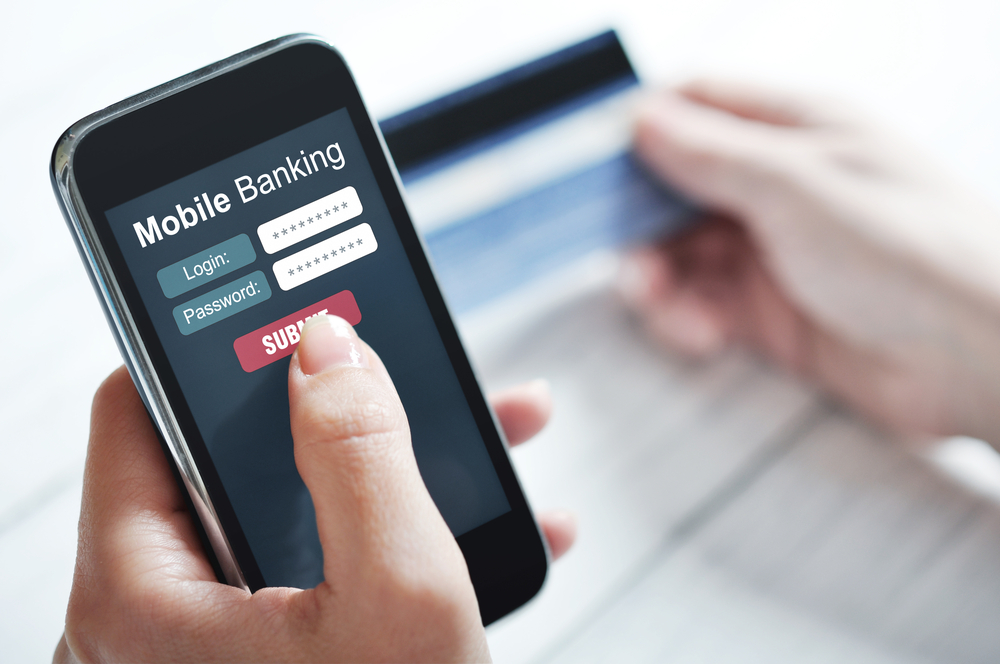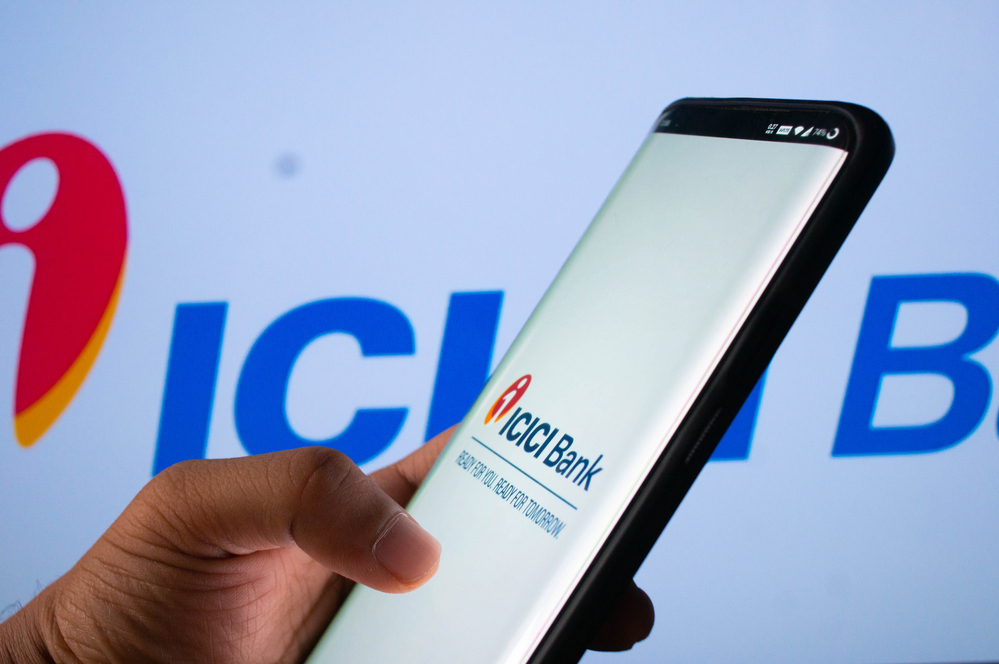Pros and Cons of e-Rupi
e-Rupi, an Indian digital payment solution that allows transaction even without smart phones, has been designed to popularize cashless transactions among people without smartphones.

Since the outbreak of the global COVID-19 pandemic, India has witnessed an accelerated expansion of its digital payment ecosystem. The rapid diversification of different payment channels and streams is owed to the rising demand for cashless payment options in the country. The government linked various services with initiatives such as IMPS, e-KYC, UPI and the use of Aadhaar as an authentication mechanism to support the growth of Fintechs. Fintech initiatives like PhonePe, PayTM, and Razorpay have overhauled India's digital payment market.
Customer-friendly e-Wallets offer affordable digital transaction services via smart phones to both the urban and the rural population. Since a substantial section of India's rural population lacks internet connectivity, the country still has a long way to go before transforming completely into a cashless economy.
On August 1, 2021, Prime Minister Narendra Modi launched e-Rupi, a contactless and cashless e-payment service, to bridge the digital gap among the unbanked population of India. This digital payment solution is said to be “leak-proof” and aims to reach out to190 million unbanked citizens in the long term. e-Rupi is an e-voucher where beneficiaries can do transactions through a QR code. It will enable users to transfer funds through an SMS-string-based voucher directly to their bank accounts. Currently, some of the leading banks like Axis Bank, Bank of Baroda, Canara Bank, HDFC Bank, ICICI Bank, IndusInd Bank, Indian Bank, Kotak Mahindra Bank, Punjab National Bank, State Bank of India, and Union Bank of India are associated with e-Rupi.
Benefits of e-Rupi
With the voucher delivered directly to the beneficiary’s mobile phones, it eliminates the need for a digital payment app, card, or internet banking service. A study shows that 32 per cent of Indian consumers do not use or have access to mobile banking. Even users without smart phone can use e-Rupi because of its offline transaction feature. Thus, it can be even used in remote and rural areas, with a large section of people without smart phones. Till date, over 1600 hospitals and 11 banks have started using e-Rupi.
To combat the Covid pandemic, a contactless feature has also been incorporated that can act as a key driver of digitization to ensure India’s social and economic well-being in this Covid situation.
Disadvantages of e-Rupi
Currently, e-Rupi is associated with only 11 national banks of India. Regional banks have to wait for the platform to be adopted successfully. A large target for the e-Rupi is the economically backward section of India, with no access to mobile phones. However, since the service can only be availed through mobile phones without the need for registration or a bank account, the government has no real ways to check if the user exists, which could be misused by impersonators or scammers.
Like other payment gateways, it also has server problems, which could cause inconvenience to users as the voucher expires within a certain time frame.
Although India has come a long way in terms of digitization, yet only 17 per cent of the population has access to smart phones. Thus, e-Rupi is a step towards a sustainable long-term digital economy.
The author is the Chief Business Officer, Manipal Global Education Services.
DISCLAIMER: Views expressed are the author's own, and Outlook Money does not necessarily subscribe to them. Outlook Money shall not be responsible for any damage caused to any person/organisation directly or indirectly.








